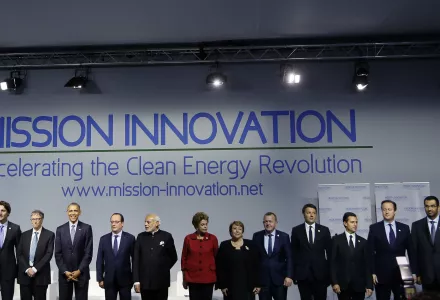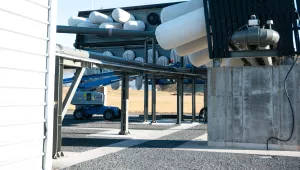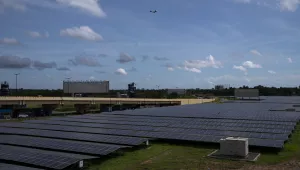
Abstract
Accelerating energy innovation for decarbonization hinges on public investment in research, development, and demonstration (RD&D). Here we examine the evolution and variation of public energy RD&D funding and institutions and associated drivers across eight major economies, including China and India (2000-18). The share of new clean energy grew at the expense of nuclear, while the fossil fuel RD&D share remained stable. Governments created new institutions, but experimented only marginally with novel designs that bridge lab to market to accelerate commercialization. In theory, crisis, cooperation, and competition can be drivers of change. We find that cooperation in Mission Innovation is associated with punctuated change in clean energy RD&D growth, and cleantech competition with China is associated with gradual change. Stimulus spending after the financial crisis, instead, boosted fossil and nuclear only. Looking ahead, global coopetition—the interplay of RD&D cooperation and cleantech competition—offers opportunities for accelerating energy innovation to meet climate goals.
Meckling, Jonas, Clara Galeazzi, Esther Shears, Tong Xu and Laura Diaz Anadon. “Energy Innovation Funding and Institutions in Major Economies.” Nature Energy, September 12, 2022
The full text of this publication is available via Nature Energy.









